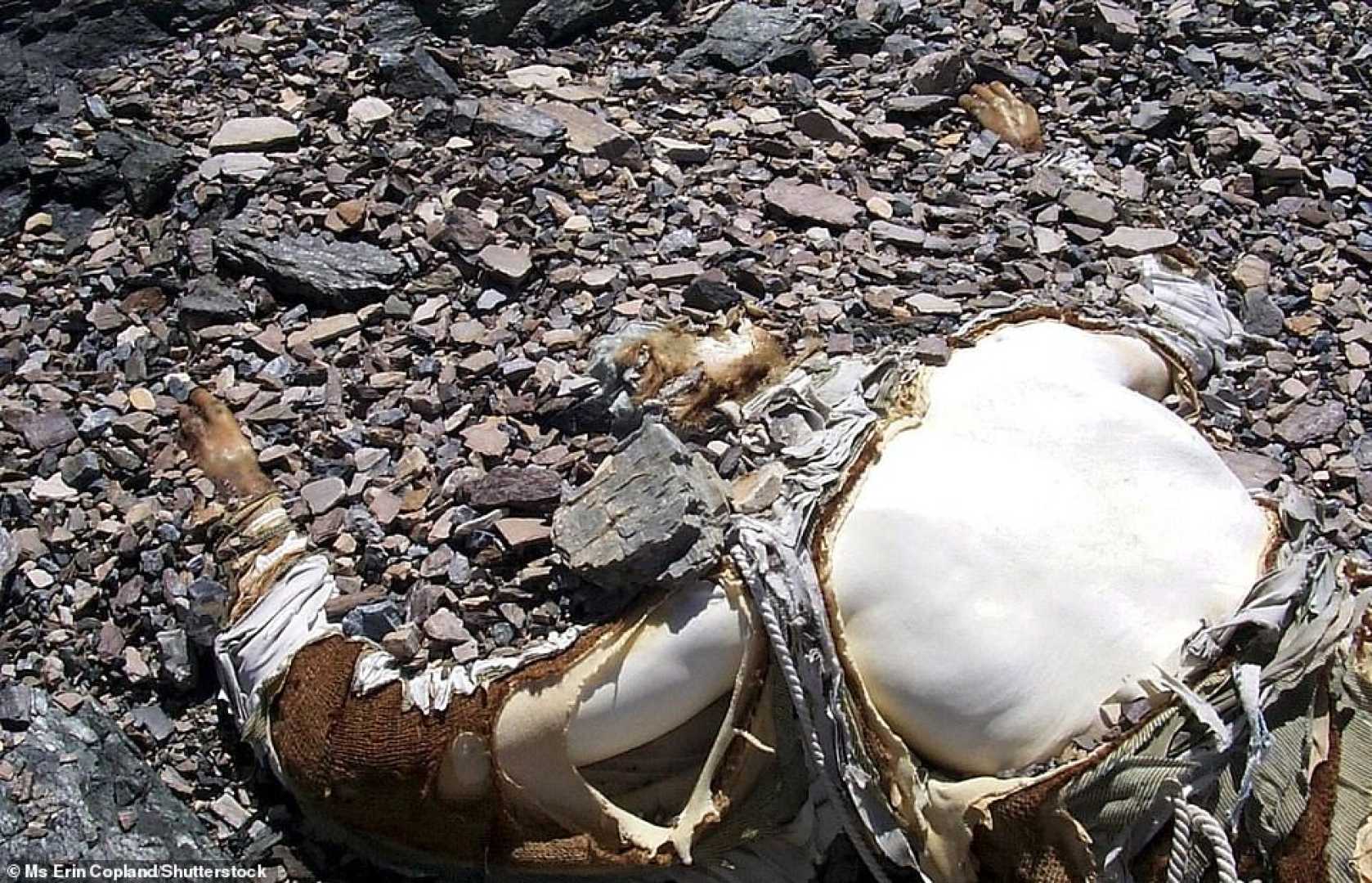News
Discovery of Andrew Irvine’s Remains Sparks New Theories on Historic Everest Expedition

The recent discovery of a boot believed to belong to British climber Andrew Comyn “Sandy” Irvine has potentially shed new light on one of the great unsolved mysteries in mountaineering history. The find was made by a National Geographic documentary team, led by renowned adventurer Jimmy Chin, on the Central Rongbuk Glacier beneath the north face of Mount Everest. This discovery comes precisely 100 years after Irvine and his climbing partner, George Mallory, vanished while attempting to become the first individuals to reach the summit of the world’s highest mountain.
According to Chin, the team was descending the glacier in September when they stumbled upon the boot, its cracked leather and steel hobnails characteristic of an earlier era of mountaineering. Inside the boot was a sock, bearing the stitched label “A.C. IRVINE.” Chin described the moment as “monumental and emotional,” reaffirming the significance of the find. Despite the team’s confidence, further DNA testing will be conducted to confirm the identity of the remains, for which Irvine’s descendants have willingly provided samples.
This discovery has prompted renewed interest in whether Irvine and Mallory succeeded in reaching Everest’s summit almost three decades before Sir Edmund Hillary and Tenzing Norgay. Both climbers disappeared on June 8, 1924, under “perfect weather conditions.” Mallory’s body was discovered in 1999, fueling speculation and debate on whether they achieved their goal before their untimely deaths.
The quest to find Irvine had been partly fueled by the possibility that he carried a Kodak Vest Pocket Camera, which could hold photographs proving their success. Over the years, various expeditions had combed the slopes of Everest, hoping to uncover evidence. Some speculated that a Chinese climber might have previously discovered Irvine’s body, but without any reported findings, such theories remained in the realms of speculation.
Chin’s discovery of a 1933-dated oxygen bottle in the vicinity days earlier led the team to focus their search on that part of the glacier. The 1933 British Everest expedition had earlier found an ice ax belonging to Irvine on the mountain’s northeast ridge. The discovery of the boot just a week after the ice began melting further heightened hopes that more artifacts – including the elusive camera – could be hidden within the ice.
For Irvine’s great-niece, Julie Summers, news of the find brought a mixture of emotions. Speaking to the BBC, she mentioned the family had “given up any hope” of discovering traces of Irvine. Her connection to her great-uncle is strong, recalling stories passed down through generations about “Uncle Sandy.” “He was a better man than anyone would ever be,” Summers fondly remembered, describing her grandmother’s perspective of Irvine.
The discovery comes amid the centenary year of Irvine’s disappearance, offering the family and the mountaineering community a chance for closure. It’s also a reminder of Irvine’s adventurous spirit and dedication – traits revered within family lore. The potential revelation of whether the duo reached the summit before their disappearance awaits the possibility of future discoveries, including the much-debated camera.
While the boot and its contents have been handed over to the China-Tibet Mountaineering Association for examination and safekeeping, Jimmy Chin and his team remain hopeful about uncovering further evidence. The expedition’s discovery could finally bring peace to Irvine’s relatives and the climbing community at large as anticipation builds for solving a historical puzzle that has intrigued explorers and historians alike for over a century.












